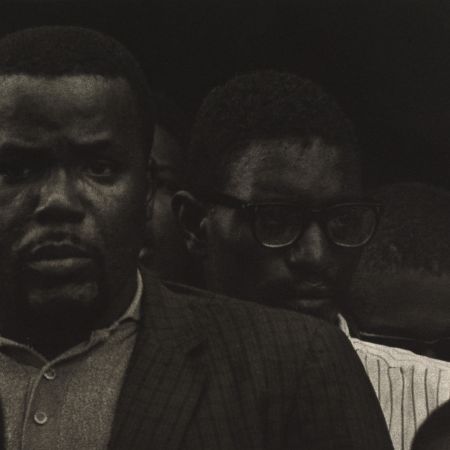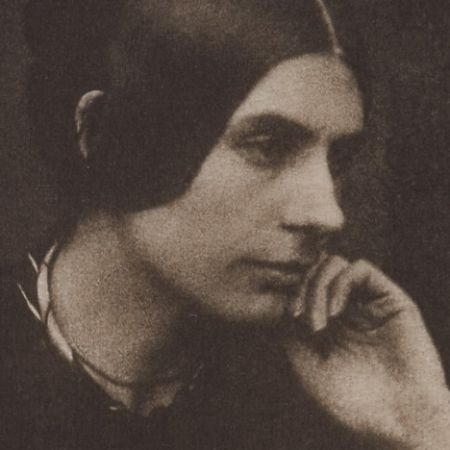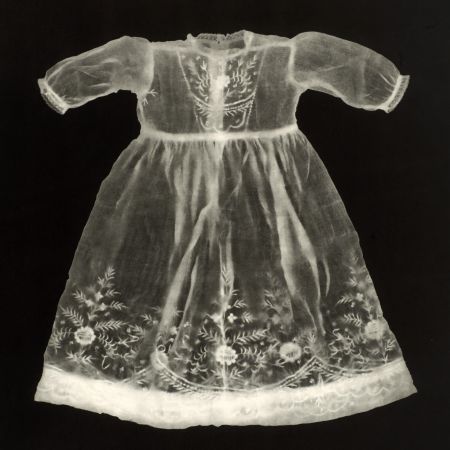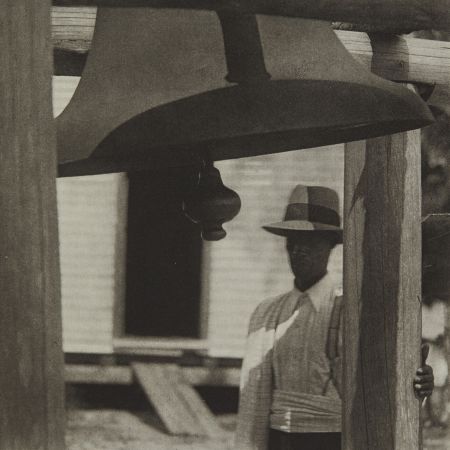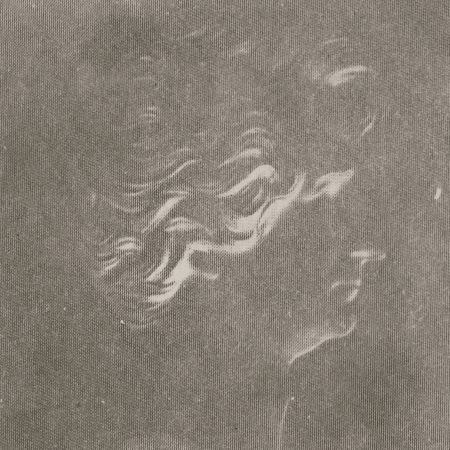Niépce and Famille des Varaniens
The name of Niépce will always recall an uninterrupted succession of works and discoveries appertaining to heliography.
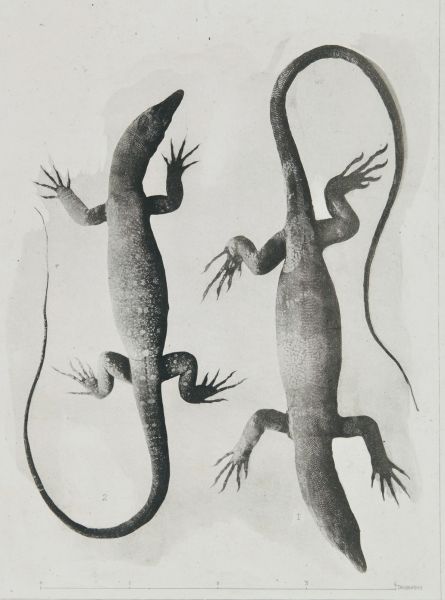
Bisson, Reptiles. Famille des Varaniens, Genre Varan Merre, 1853. Heliogravure test print. Archives Famile Nègre
We have seen that proof; its equality and exactness is incredible. When we think of the immense service this application of photography to engraving is about to render we are seized with admiration and enthusiasm.
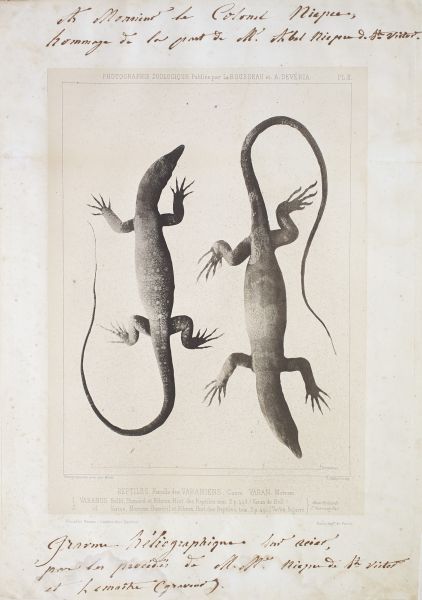
Bisson, Reptiles. Famille des Varaniens, Genre Varan Merre, 1853

References
Bann, Stephen. “Photographie Et Reproduction Gravée: L’ Économie Visuelle Au Xixe Siècle.” Etudes Photographiques / Société Française De Photographie. (2001): 22-43. Print.
Correspondence between Joseph-Nicéphore Niépce, at Chalons, and M. Lemaitre, engraver at Paris, La Lumière, 1851, n. 1-9. Letter, January 1, 1827.
Eder, Josef M, and Edward Epstean. History of Photography. New York: Dover Publications, 1978.
Gernsheim, Helmut. The Origins of Photography. London: Thames and Hudson, 1982 p. 37
Hammann, J.M. Herman. Des Arts Graphiques Destinés a Multiplier Par L’impression: Considérés Sous Le Double Point De Vue Historique Et Pratique. Genève [etc.: JoëlCherbuliez, 1857.
Rosen, Jeff. “Naming and Framing ‘Nature’ In Photographie Zoologique.” Word & Image. 13.4 (1997): 377-391.
The Evolution of the Modern Lens. Address of the President, Mr. T. R. Dallmeyer, F. R. A. S., Etc., before the Royal Photographic Society, London, October 9, 1900. Reprinted from “The Photographic News.” (Anthony’s Photographic Bulletin, Volume 31: 384).
The Photographic and Fine Art Journal. Vol. 7. New York: H.H. Snelling, 1854.
Translation of Niépce de St. Victor article from the 31 October 1853 issue of La Lumièreon heliographic engraving on steel plates appears in The Photographic and Fine Art Journal[7:3 (March), pp. 76-77] and later that year in Humphrey’s Journal[6:16 (Dec. 1), pp. 241-45].
The Photograph in Print, Multiplication and Stability of the Image by Sylvie Aubenas, Frizot, Michel. A New History of Photography, 1999.
The Photographic News. Place of publication not identified: publisher not identified, October 19, 1900.

